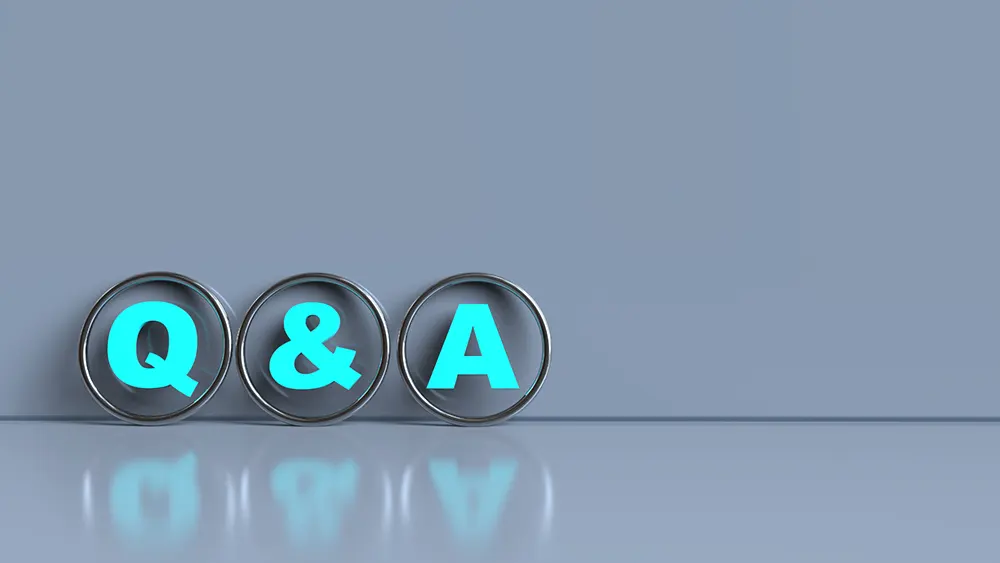Mold spores are microscopic structures released by mold colonies as part of their reproductive process. While invisible to the naked eye, they can accumulate and become visible in large quantities, often resembling fine dust or powder. Understanding their appearance and behavior is essential for effective mold prevention and removal.
Understanding Mold Spores
Mold spores are tiny reproductive units that allow mold to spread and thrive in damp environments. They float in the air, settle on surfaces, and grow when moisture and organic material are present.
Key Characteristics of Mold Spores
- Size: Typically 2-10 microns, requiring magnification to be seen.
- Shape: Varies by species—can be round, oval, or filamentous.
- Color: Invisible individually but may appear black, green, white, or yellow when clustered.
- Texture: Can resemble fine dust, powder, or fuzzy growth on surfaces.
How Mold Spores Spread
Mold spores become airborne and travel throughout indoor spaces, settling on walls, ceilings, furniture, and ventilation systems. If moisture is present, they begin colonizing and spreading rapidly.
Common Ways Mold Spores Travel
- Air Currents: Mold spores travel through HVAC systems, fans, and natural airflow, spreading contamination.
- Contact Transfer: Spores attach to clothing, shoes, and household objects, carrying mold into new areas.
- Water Damage: Moist environments from leaks and condensation activate spores, leading to mold growth.
Visible Signs of Mold Spore Accumulation
While individual spores are microscopic, large clusters can form visible mold patches. Common signs include:
- Black Spots on Walls or Ceilings: Indicators of deep mold infestations.
- Green or Blue Fuzzy Patches on Surfaces: Suggest widespread mold activity.
- Musty Odors: A strong sign of airborne mold spores spreading indoors.
If visible mold growth appears, professional mold remediation is recommended to prevent further contamination and health risks.
Health Effects of Mold Spores
Breathing in mold spores can trigger respiratory irritation, allergies, and asthma flare-ups. Sensitive individuals may experience:
- Sneezing and Nasal Congestion: Mold allergens irritate the airways.
- Skin Rashes and Irritation: Contact with mold can cause itchiness or inflammation.
- Coughing and Difficulty Breathing: Inhaling mold spores may worsen asthma and lung conditions.
Proper ventilation, dehumidification, and waterproofing help minimize airborne spores and protect indoor air quality.
Mold Removal Experts: Preventing and Eliminating Mold Spores
Mold spores can persist in homes even after visible mold growth is removed. At Mold Removal Experts, we specialize in mold remediation, waterproofing, and dehumidification to eliminate spores at their source.
Our Services Include:
- Professional Mold Testing
- Targeted Remediation
- Moisture Prevention Strategies
- Dehumidification Systems
- Air Purification Systems
- Odor Removal Services
Taking action early ensures clean indoor air and a mold-free environment.
What Do Mold Spores Look Like: Final Thoughts
Mold spores are small but powerful, spreading unseen and leading to home contamination and health risks. Proactive prevention and professional remediation are key to maintaining a healthy living space.
Need Expert Mold Removal Services? Contact Mold Removal Experts Today for a Free Assessment.
Frequently Asked Questions
What Do Black Mold Spores Look Like?
Black mold spores look like tiny, round or oval-shaped particles that are microscopic and not visible individually. When black mold colonies grow, spores may appear as dark, fuzzy patches on surfaces.
How Long Do Mold Spores Live Without Moisture?
Mold spores can live for years without moisture, remaining dormant until conditions become humid enough for growth.
Where Do Mold Spores Come From?
Mold spores come from active mold colonies, breaking away and traveling through air currents, surfaces, and objects to settle elsewhere.
Are Mold Spores Visible?
Mold spores are not visible to the naked eye, but large clusters can appear as dusty patches or fuzzy mold growth on surfaces.
What Do Mold Spores Look Like on Wood?
Mold spores on wood look like dark, green, or black spots, often appearing as fuzzy growth or streaks when moisture is present.
How Many Mold Spores Are in the Air?
The air can contain thousands to millions of mold spores, depending on humidity levels and indoor mold presence.
How Long Do Mold Spores Live on Surfaces?
Mold spores can live on surfaces for months or years, staying inactive until they encounter moisture and organic material.
What Can Mold Spores Do to You?
Mold spores can cause allergic reactions, respiratory irritation, and worsen asthma, especially in humid environments.
How Do Mold Spores Affect Your Health?
Mold spores affect health by triggering inflammation, allergic responses, and respiratory issues, particularly for individuals with sensitivities.
How Long Do Mold Spores Stay in Your Body?
Mold spores stay in your body for a short time, but repeated exposure can lead to chronic respiratory symptoms and allergic reactions.

